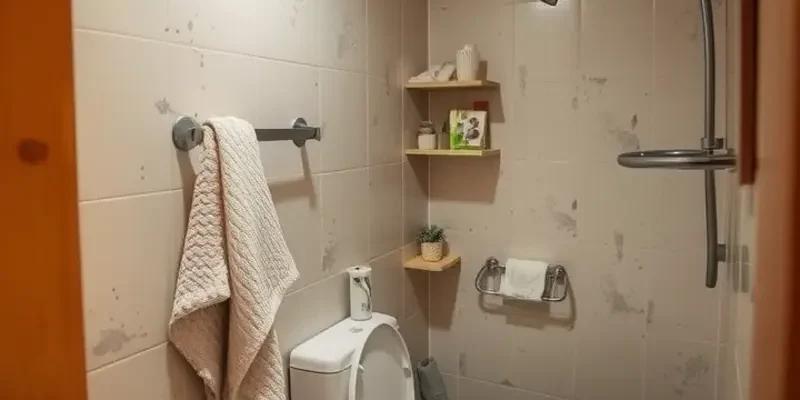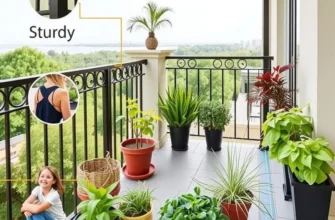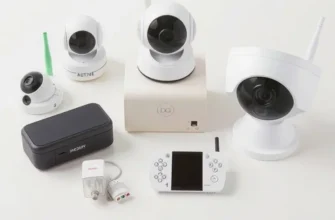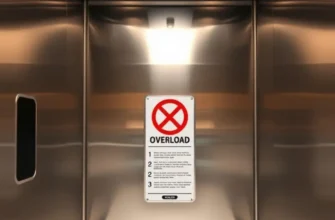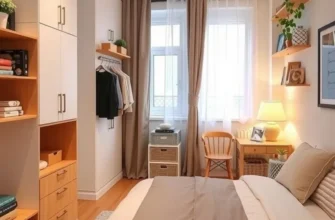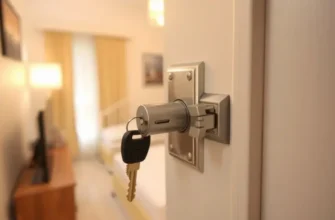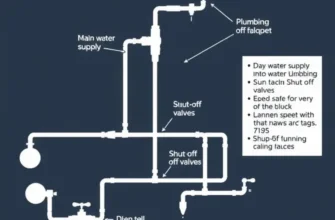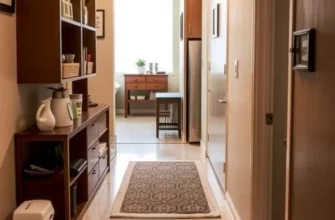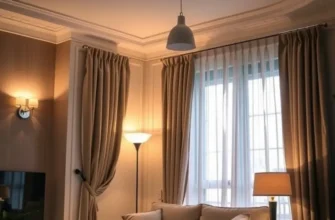Living in an apartment can be a fulfilling experience, offering convenience and a sense of community. However, one pressing concern for renters is the presence of mold—an unwelcome and potentially hazardous tenant of its own. Mold can pose serious health risks, particularly in poorly ventilated spaces, and addressing it requires immediate attention. Understanding how to identify mold, its causes, and effective maintenance solutions is essential for ensuring your living environment remains safe and pleasant. This guide will empower you to detect mold early, knowing what signs to look for and how to act swiftly to mitigate risks. As a renter, you deserve a hassle-free living space, so let’s dive into the know-how of mold identification and how to navigate potential issues with your landlord. Your safety and peace of mind start here.
Recognizing the Signs of Mold
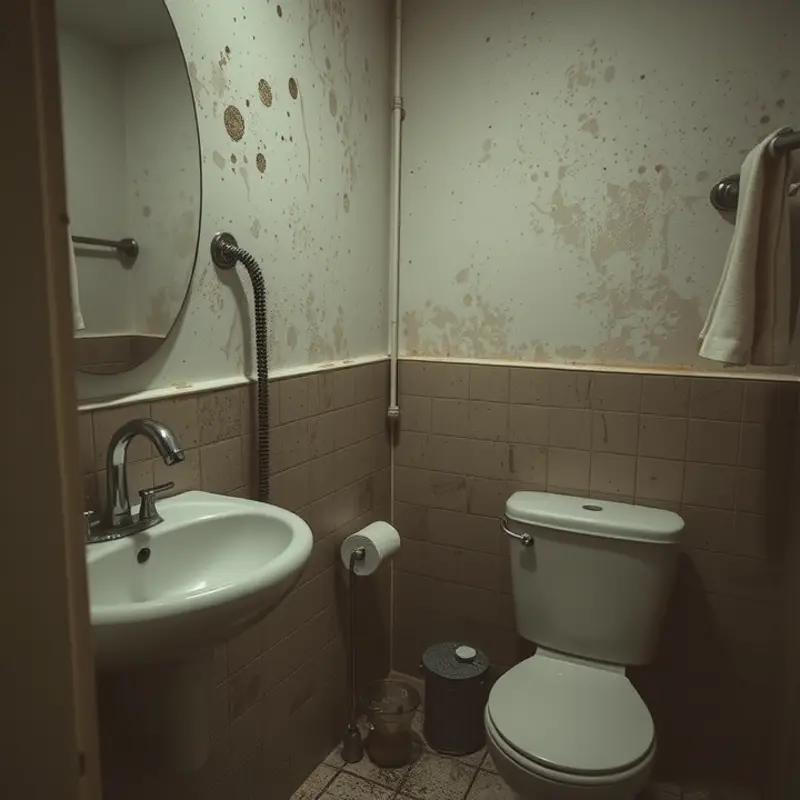
Mold can quietly become a renter’s worst nightmare, lurking in the shadows of our homes. It’s a silent intruder, thriving in humidity and moisture-prone areas. Recognizing its signs early is essential to maintaining both safety and comfort in your living space. Start by developing a vigilant eye for unusual discoloration on your walls, ceilings, and around windows. These color changes can manifest as dark spots or streaks, often dismissed as mere dirt or shadow.
Musty Odors: Let your sense of smell guide you. A persistent musty odor, reminiscent of damp, decaying material, is a red flag. Such smells often indicate hidden mold growth, particularly in enclosed areas like closets and under sinks. Regularly airing out these spaces can help you detect any lingering odors, giving you the first clue in a possible mold presence.
Water Damage: Moisture is mold’s best friend. Pay close attention to any signs of water damage, including peeling wallpaper, bubbling paint, or warped surfaces on your walls and floors. These signs often precede visible mold growth, making them crucial early indicators. After heavy rain or a plumbing mishap, conducting a thorough check for moisture build-up can help halt mold before it matures into a severe problem.
Bathrooms and Kitchens: These areas are prime breeding grounds for mold, given the constant exposure to water and steam. Inspect tile grout in the shower and around sinks for signs of black or green patches, often the first sign of mold. Don’t forget to check under kitchen sinks and in the cabinets, where leaks can go unnoticed for extended periods.
Windows and Corners: Mold loves corners and nooks where air circulation is limited. Window sills and corners of poorly ventilated rooms are prone to condensation. During your routine cleaning or after a rainstorm, examine these areas for spots or discoloration.
By equipping yourself with this knowledge, you’re not just a renter—you’re becoming a proactive protector of your living environment. Regular checks can keep mold at bay, ensuring your home remains a safe and pleasant place. For further insights into managing apartment living challenges, you can explore resources like tips on avoiding rental debt here.
Taking Action: Reporting and Remediating Mold Issues
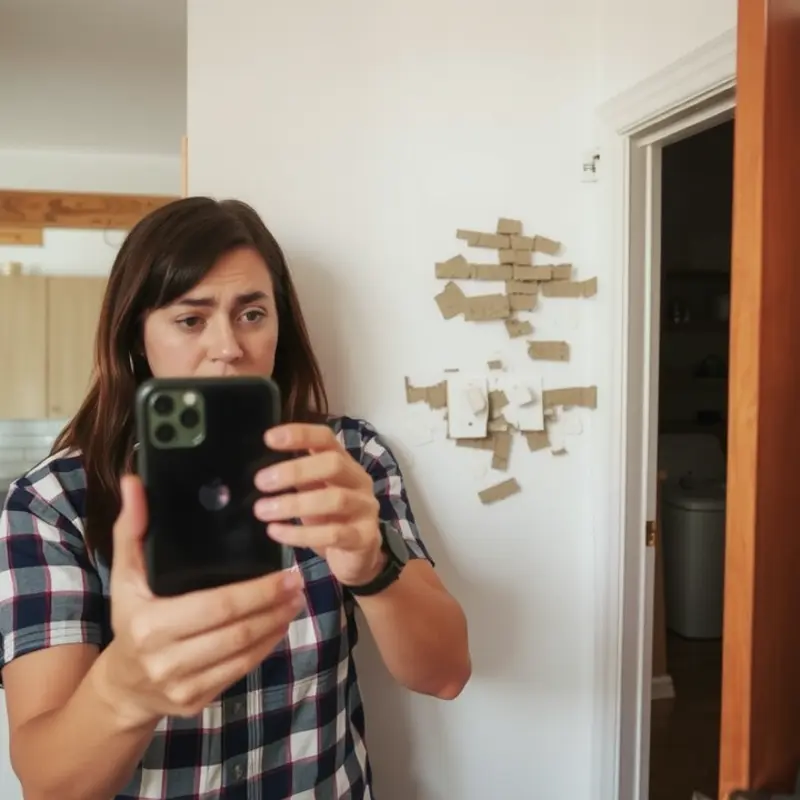
Discovering mold in your apartment can transform your cozy space into a source of anxiety. To address it effectively, the first step is documentation. Carefully photograph the affected areas. Use natural light to capture the mold in detail, ensuring the images are clear and informative. Accompany these photographs with notes that indicate the location and size of the moldy patches. This evidence will be useful when discussing issues with your landlord.
Once documentation is complete, promptly notify your landlord or property management. Draft a detailed email or letter, attaching the photographs and notes. Clearly explain the problem, its location, and any associated health concerns. Most leases have clauses regarding maintenance responsibilities that include addressing mold issues. If you’re unsure about your lease terms, reviewing them can be beneficial. Understanding your rights as a tenant empowers you to advocate effectively.
Communication with your landlord should remain calm and factual. Suggest an in-person meeting or virtual call to discuss the next steps if necessary. Often, landlords are obligated to address mold problems, but it helps to be proactive in your approach. Should the landlord fail to respond promptly, following up may be required.
For minor mold issues, small patches can often be managed with household cleaning solutions. Start by ensuring the surface is dry and well-ventilated. Utilize gloves and a mask to protect yourself. Most mild mold can be scrubbed away with a combination of water and a non-toxic cleaner. However, avoid mixing cleaning agents, as this can create harmful fumes.
In case the mold problem is severe, professional remediation might be crucial. Heavy mold infestations could signify underlying water damage, which requires expert intervention. If landlords are hesitant about hiring professionals, share resources or recommendations with them. You might consider resources such as this lease-renewal vs moving guide to explore your options if your living conditions continue to deteriorate.
Situations involving mold-related health risks may warrant reporting to local health departments. If your landlord remains unresponsive, these entities can provide guidance. They may suggest inspections or provide advice on tenant rights and obligations. Keep records of all correspondences, as they serve as important evidence in potential disputes.
Staying informed and persistent allows you to manage mold issues more effectively. Whether it’s through simple cleaning or escalation to professionals, ensuring your home is free from mold maintains it as a safe sanctuary. By taking prompt, informed action, you can protect your home from being overtaken by this unwelcome intruder.
Final words
Mold can pose significant risks, but with vigilance and prompt action, renters can safeguard their homes against this unwelcome intruder. By recognizing the signs of mold and knowing how to report and resolve issues efficiently, you can ensure a safe and healthy living environment. Remember, as a renter, proactive communication with your landlord is essential for resolving maintenance concerns, including mold. Stay informed, keep your apartment clean and ventilated, and develop a habit of regular inspections to maintain your peace of mind. You deserve a home that is not only comfortable but also safe.

